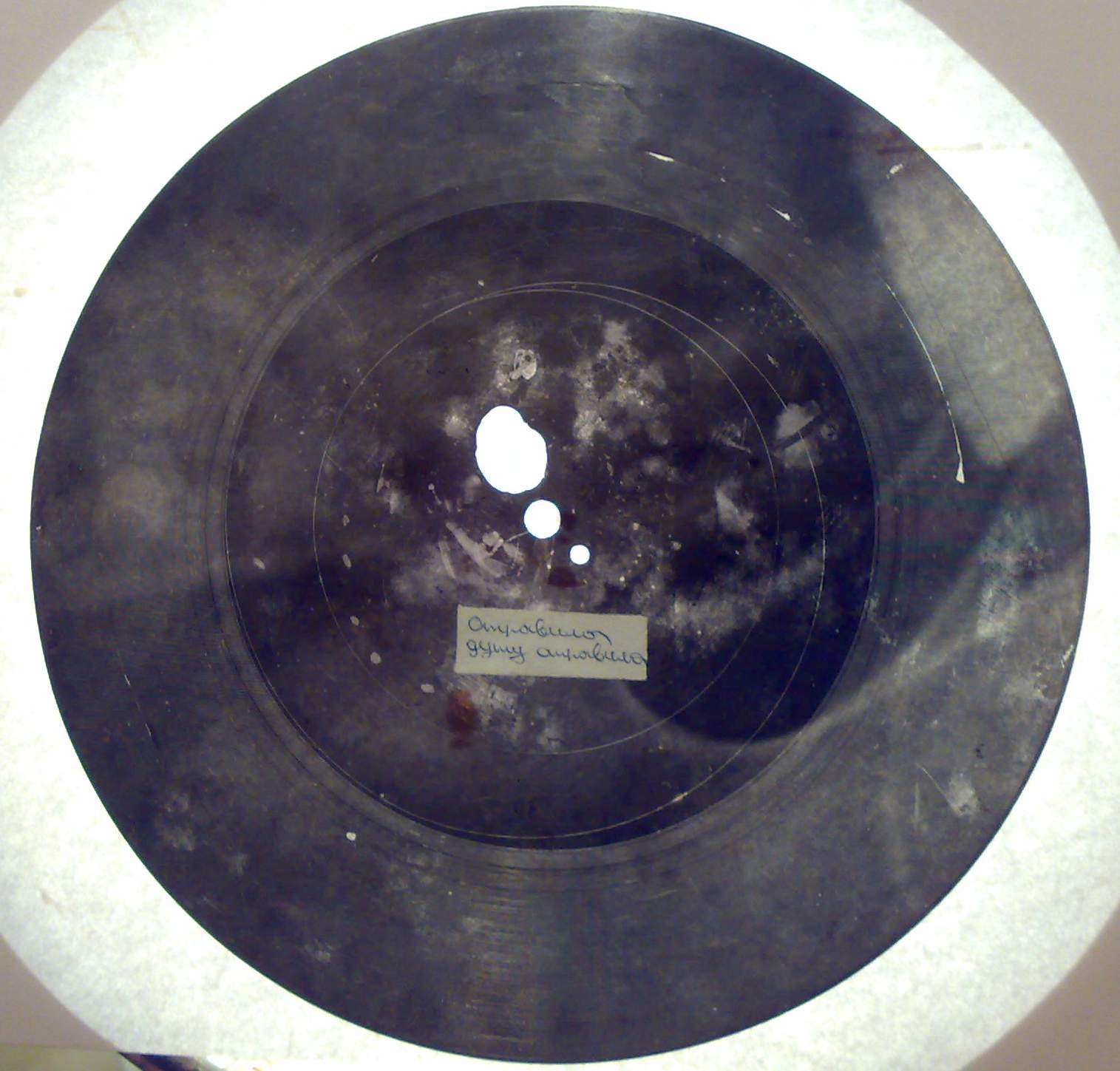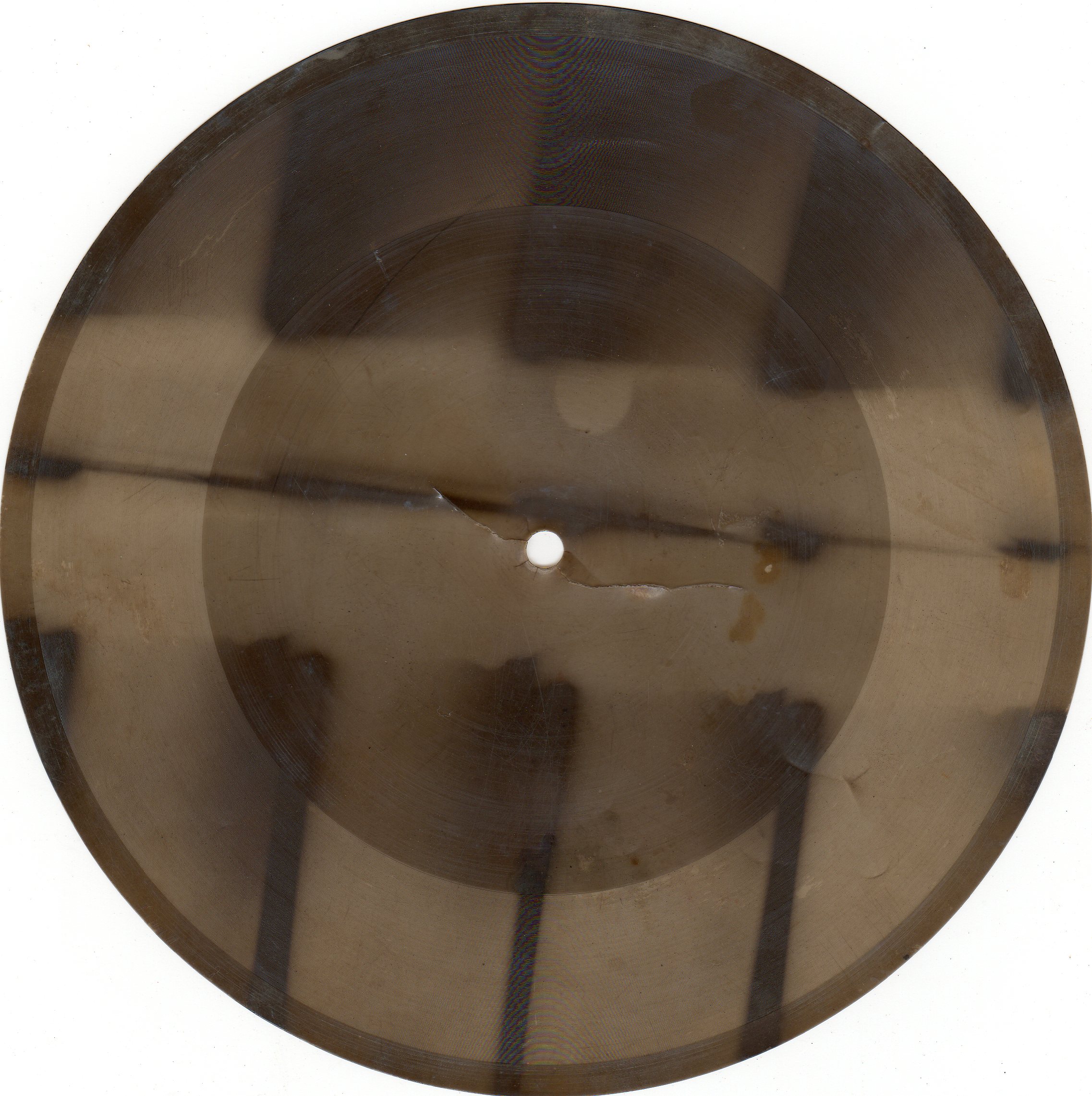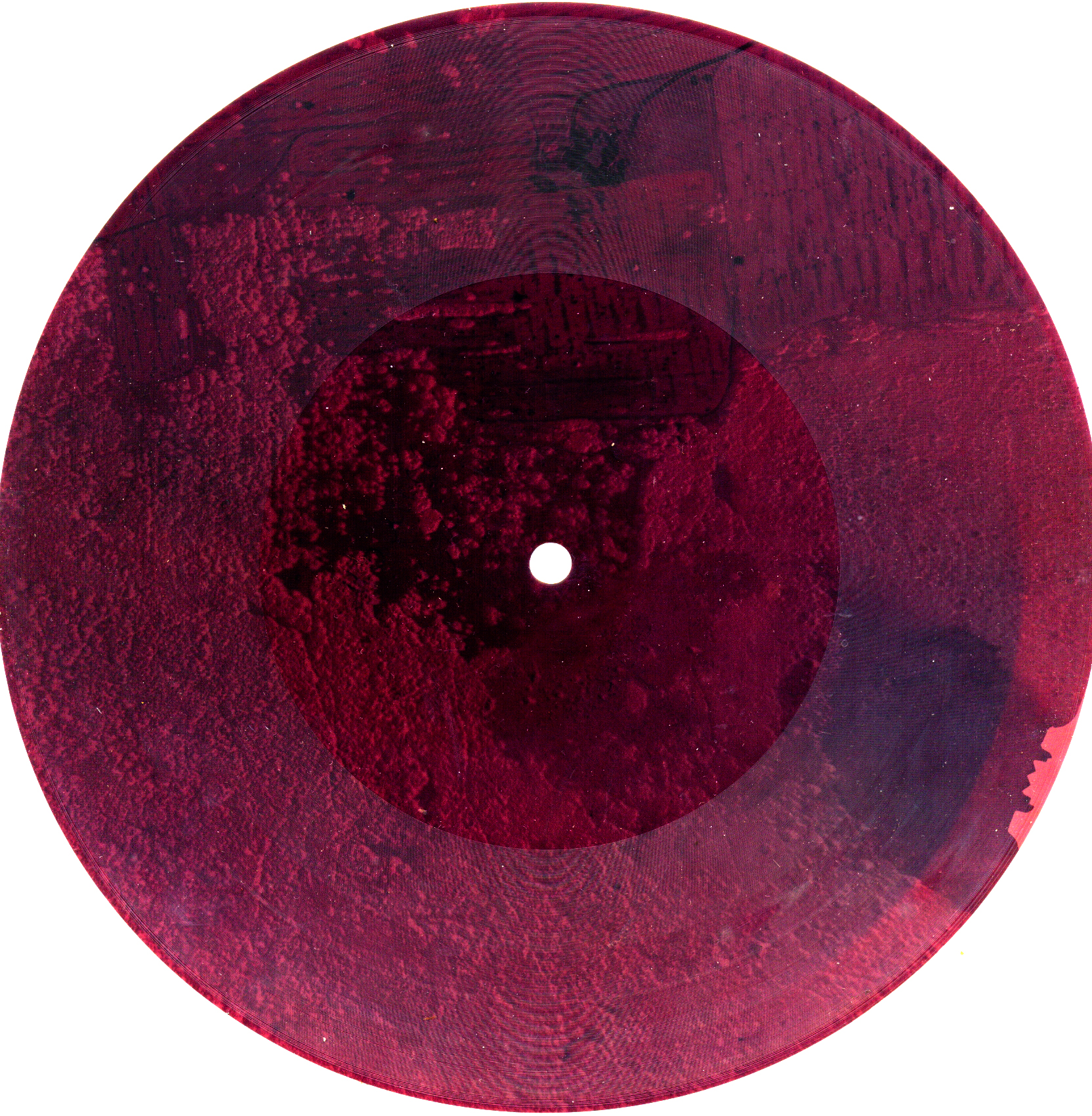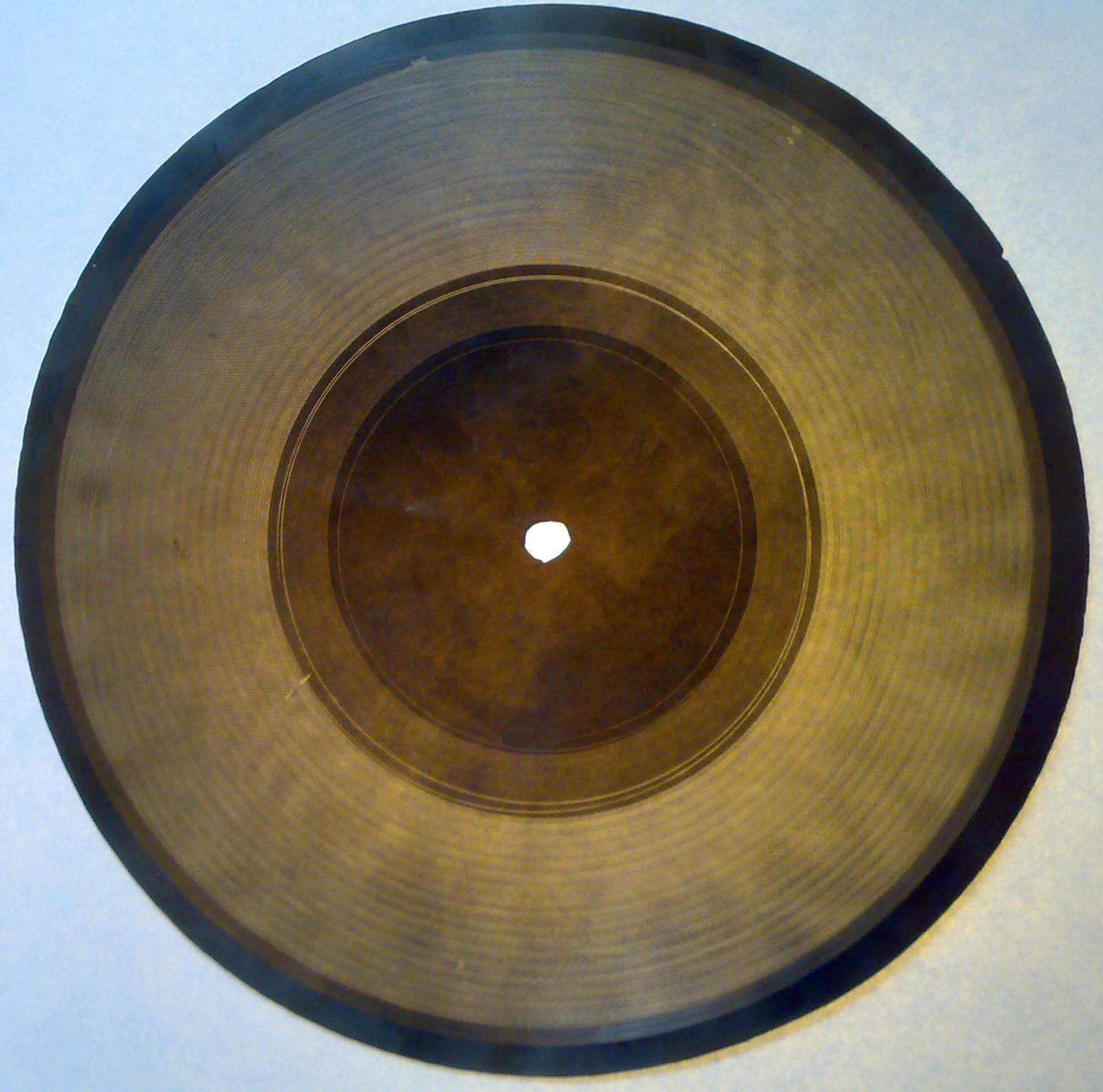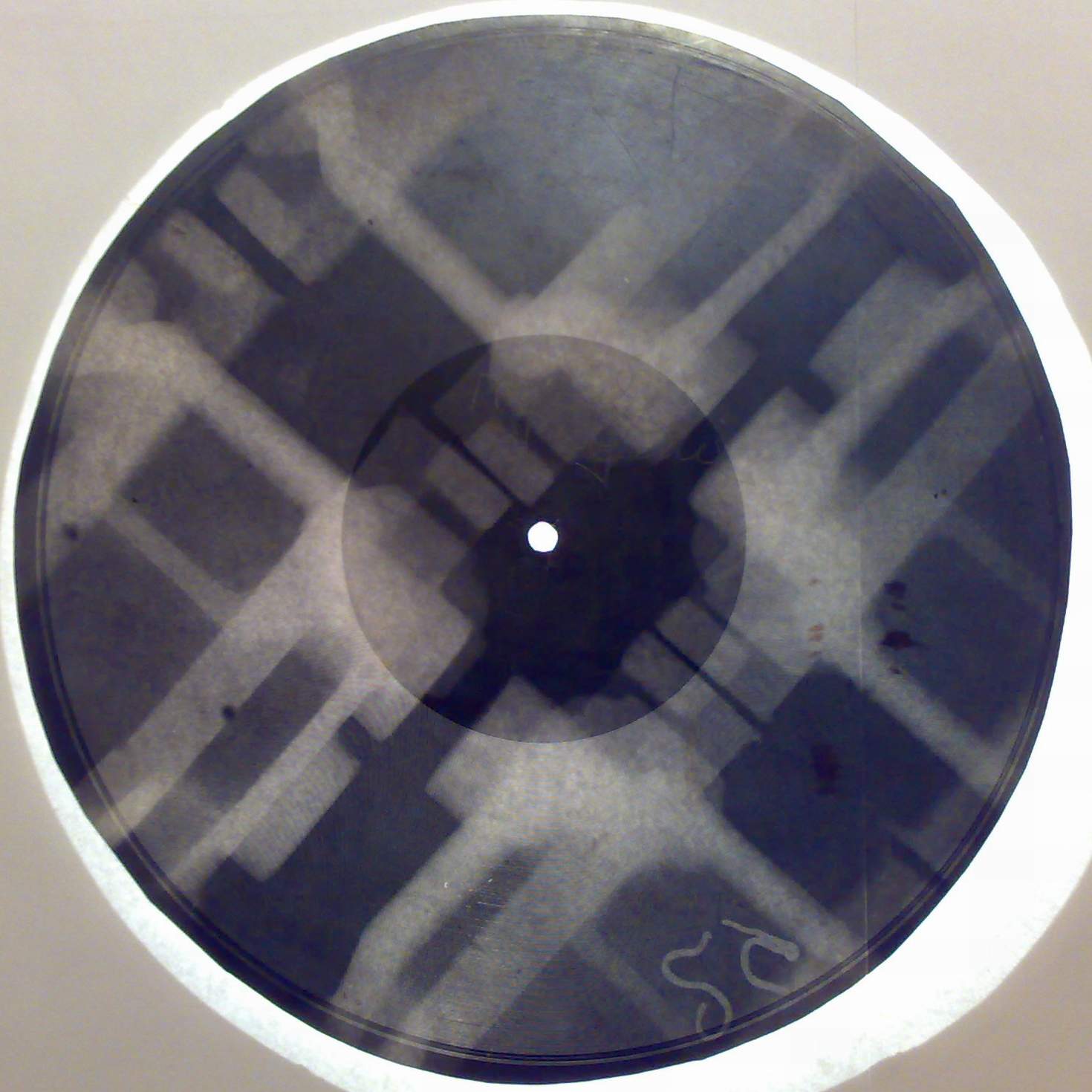Courtesy Justinas Shimkauskas
"The Age of the Bones" was a period lasting about fifteen years during which the sound of forbidden Russian and Western music was associated with images of the human skeleton. It was a period of what might be called "roentgenizdat" - the audio equivalent of "samidzat" private publication of banned written works.
In the Soviet states during the cold-war era, most modern Western bands and music was banned for all sorts of reasons including 'neo-fascism', 'mysticism' and even 'obscurantism'. Much Russian music was also forbidden for a variety of other reasons. Even certain rhythms were regarded unfavourably. But a vibrant, secret and risky trade grew up in what became known as 'Bones' or 'Ribs'.
(continued beneath)
To listen to more Bones records go here.
These Bones were medical X-Ray fluorography sheets unofficially obtained from hospitals, cut into discs and embossed with the grooves of bootlegged gramophone records - a kind of medical version of a DJ dub plate. The quality was poor and the discs wore out quickly but the cost was low, just a couple of roubles compared with the fabulous cost of an actual Western LP.
To listen to Bones records go here.
There are many stories to be told about the people who made these recordings and how or why they did it. Some of them not only bootlegged the discs themselves but also copied the machines that made them in order that the process spread and persisted. They were often people who were fired up with a passion to share music, who risked and sometimes lost their liberty at a time when listening to certain songs was an offence and the private copying of music could result in a gaol sentence.
Despite the inevitable imprisonments and clamp downs, the culture of the Bones persisted right up to the early sixties when reel-to-reel tape recorders became common enough for this laborious real-time process involved to no longer be necessary.
Contact us for more information ago the project and upcoming events
-----------------------------------------------------------------------------------------------------------
In our time and culture, when a song can be copied and shared with a mouse click, when the mass pirating of music is almost acceptable and when almost nothing is forbidden, it is salutary to contemplate an era long before cassette tapes and CDs, before mp3s and Spotify, when much music was only available "on the bone".



